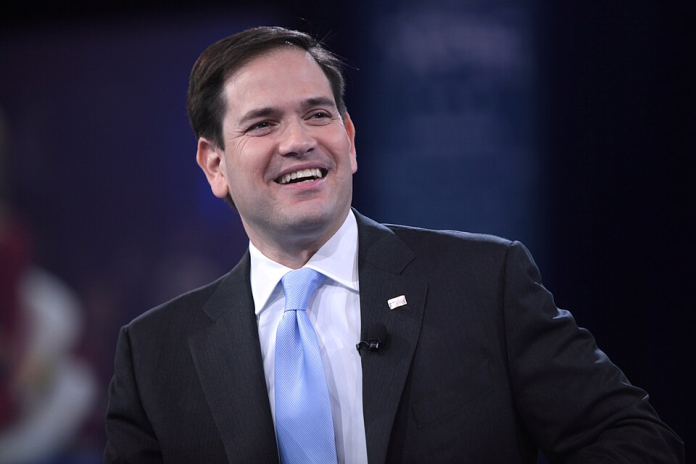The international community is watching with bated breath as final talks to end the two-year Gaza war get underway. A US-brokered deal, described as “90 per cent done,” has pinned the hopes of the world on a small group of negotiators hammering out the last logistical details.
The potential breakthrough, announced by US Secretary of State Marco Rubio, has been met with cautious optimism globally. After two years of devastating conflict, the prospect of a ceasefire and the release of hostages represents the most significant hope for regional de-escalation in years.
The agreement, designed by President Donald Trump and provisionally accepted by Hamas, provides a clear and actionable path forward. The central exchange of an Israeli pullback to the “yellow line” for the freedom of all hostages is seen as a pragmatic and effective solution.
Global attention is now fixed on the current technical talks. The success or failure of these low-profile meetings will have wide-ranging implications for humanitarian aid, regional stability, and the credibility of US diplomacy.
With President Trump backing the deal as “great for Israel” and warning Hamas of the consequences of failure, the stakes could not be higher. The world watches, hoping that the final 10 percent of the deal can be successfully bridged to bring a long-awaited peace.

